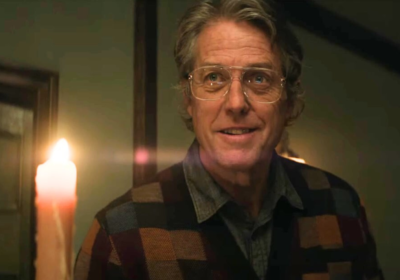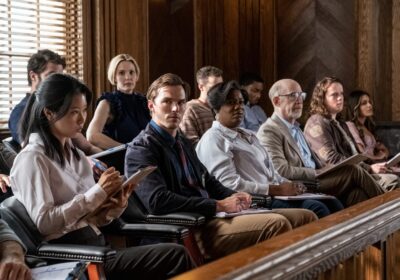
The Woman King Portrays Elements Of The Good, The Bad, and the Ugly Part of African History

History continues to repeat itself because man refuses to learn from history; this is a famous slogan that has been difficult to argue against because it appears that there is nothing new under the sun these days. For every event that may have occurred, there will be some history that mimics undeniable similarities. These similarities will sometimes make one think that because the earth rotates on its axis, its events may go in a loop. These historical repetitions are why I will always watch any movie that claims to tell a story that may have happened sometime in the near or very far past.
I first came across the trailer of The Woman King on YouTube, and as it is the way with very explosive trailers, I immediately put it on a must-watch list. When I eventually had the time to watch it, I could only conclude that, as far as movies of this particular genre go, It lived up to its billing. Many movie fans will watch anything that Viola Davies appears in, and as far as I could observe, Davies’s presence in this movie was a promise delivered. The Wonder Woman-type figure she represents and the platoon she commands, the Agojie warriors, are similar to what the Amazons represent in the Wonder Woman movies. All the warriors are women shown in several scenes fighting more fiercely than the women who fought alongside Ragnar Lothbruk in the History Channel’s Vikings.
The trailer may lead some to believe this was another Black Panther-type movie without the fictional technology and vibranium. Apart from some action sequences, the film addressed far more than an external force, seeking the vibranium that Wakanda needed to defend. In this case, the movie transports the viewer to the slave trade era, where humans appear to be the business interest. It portrays the slave trade as the mainstay of business for the Dahomey people. Still, it weaves the story in a way that shines a light on the evil associated with the slavery business operations during these times. Nanisca (Viola Davies) tries to convince king Ghezo (John Boyega) that selling their people may not bring the best benefit to the people and presents the option of trading in Palm oil as an option. The story would make the viewer see the king in a tight position, considering selling palm fruits as against the quick and sure profit of selling prisoners of war. The justification for making these sales would be that the people sold into slavery were those captured in battle. But it would appear that this was the way of things at that time because they had the Oyo tribe that became a thorn in the flesh of the Dahomey people. They would capture the Dahomey people and sell their captives, setting the Agojie warriors on a rescue mission to get their people back before the slave traders sold them. These rescue missions seemed to be the natural way of things at that time, and the movie’s opening scene clearly shows how the Agojie warriors carried out one of the rescue operations.
The movie brandishes some known Africans and African Americans. Thuso Mbedu, featured in Amazon Prime’s The Underground Railroad, plays the part of the new initiate to the Agojie warriors. Viola Davies is the notable African American, and then Lashana Lynch, who was rumored to be the first female James Bond and also played the role of 007 in the latest Bond installment, No Time To Die. Sheila Atim (Amanza) is an Uganda-born British actress featured in Doctor Strange in the Multiverse of Madness. As far as an ensemble is concerned, this movie had the human resources required to bring this story to life. Film critics have described this work as Gina Prince-Bythewood’s most daring work; she is known for directing movies like The Old Guard and Love and Basketball.
Overall, this movie is exciting and quite engaging to watch. It reveals a lot of the culture of this African geographical location at this time. Still, it finds a way to lace this action-packed historical film with a heartbreaking emotional element that displays the talent of this ensemble.

















